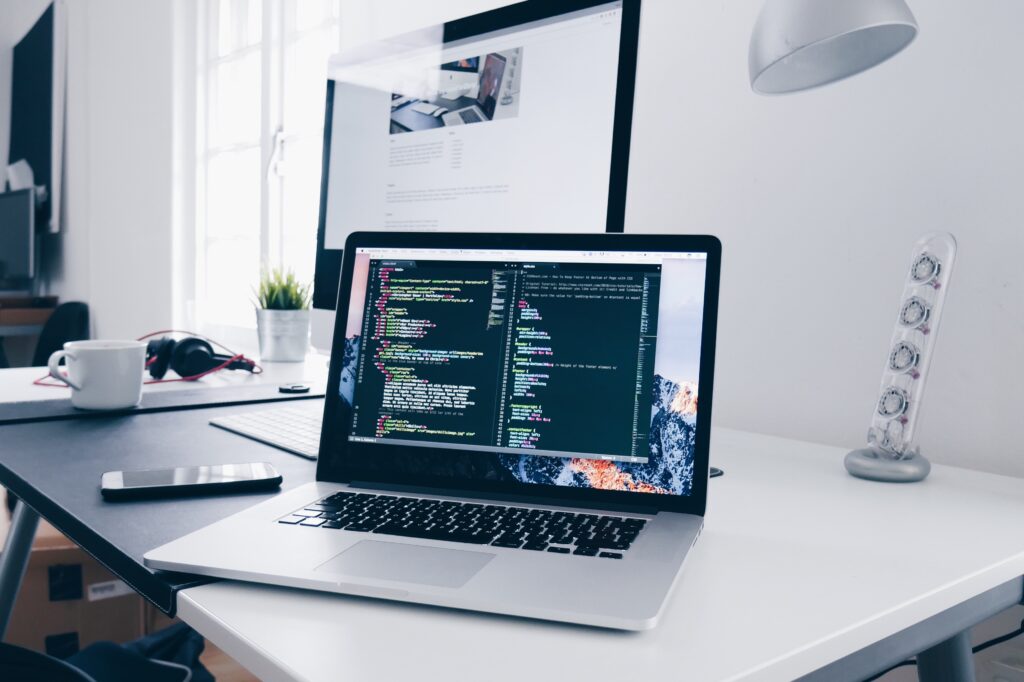The digital revolution has played a pivotal role in reshaping the modern workplace, creating new norms and expectations. As we transitioned to more decentralized and remote work setups, the need for efficient work monitoring tools amplified. This surge for surveillance arose from a mix of ensuring productivity, building trust in remote settings, and capturing work metrics. At the core of this change lies time-tracking tools that not only quantify the hours spent working but also shed light on the quality and nature of that work.
One might argue that these tools, while beneficial, have their drawbacks. The aim of our discussion isn’t to debate the merits and demerits of time-tracking in isolation. Instead, we’ll delve into how certain tools, especially the ubiquitous Time Doctor, fit into this evolving narrative, and how they impact the modern worker.
The Rise of Time Doctor and Similar Monitoring Systems
Emerging from the need for better productivity metrics, Time Doctor and its counterparts have created a niche for themselves. While the primary intent behind these tools seems linear – measure work hours; the underlying philosophy is more complex. Employers, especially those managing remote teams, seek transparency, accountability, and an assurance that the paid hours equate to genuine work.
On the other side of the spectrum, several other tools compete for dominance in this market. Tools like Toggl and Harvest have their unique features, yet Time Doctor’s strict monitoring system has garnered a reputation of its own. But does stricter always mean better?
The Pros and Cons of Strict Time Tracking
The Benefits
At its best, strict time tracking offers a granular insight into an employee’s workday. For employers, it can be a goldmine of data, helping pinpoint productivity bottlenecks, streamline processes, and identify high-performing individuals. Moreover, in a remote work setting, these tools bridge the trust gap, ensuring that tasks are accomplished and deadlines are met.
Yet, on the flip side, the narrative isn’t all rosy. While the intent of these tools is to bolster productivity, the repercussions can sometimes be counterintuitive.
The Drawbacks
Tighter monitoring often translates to heightened employee stress. The constant oversight, akin to an ever-watchful eye, can make employees feel more like machines than humans, pushing them to the brink of burnout. Moreover, these tools, while technologically adept, may fail to grasp the nuances of specific job roles. Thus, a graphic designer deep in thought or a support agent awaiting chats might appear “idle,” though they are very much at work.

The Realities of Modern Work and Its Challenges
The Intermittent Nature of Many Jobs
Today’s jobs are more varied and intricate than the assembly lines of old. Consider the graphic designer. Their creative process isn’t always reflected in constant mouse clicks or keyboard taps. They need moments of reflection, ideation, and, yes, even idle pondering. Similarly, a chat support agent’s value isn’t in perpetual activity, but in being available and responsive when that critical query comes in.
The Gap in Time-Tracking Tools
And this brings us to a glaring oversight in many modern tracking tools. By focusing solely on digital activity metrics, they might misrepresent the true value an employee brings to the table. A low activity report doesn’t always equate to low productivity. Unfortunately, such misconceptions can lead to unjust appraisals, lesser pay, and a skewed perception of an employee’s worth.
Addressing the Gap: Solutions and Alternatives
As we’ve established, while tools like Time Doctor have their merits, there’s an evident gap that needs addressing. Employers must understand that strict time tracking isn’t a one-size-fits-all solution. In fact, integrating more holistic productivity measures that consider job-specific nuances can yield better results. For instance, while we won’t dive deep into its features, tools like IdleBuster might offer alternatives to bridge this gap for specific job roles.
In essence, the real solution lies not in monitoring more but in monitoring smarter. This involves understanding the unique demands and subtleties of each role, ensuring that no employee feels unjustly surveilled or appraised.
Most Commonly Asked Questions
With the rise of remote work and decentralized team structures, monitoring tools offer a way for employers to ensure productivity, build trust in remote settings, and gather work metrics.
Time Doctor has gained a reputation for its strict monitoring system, whereas other tools may have different features and focus areas.
Strict time tracking can offer granular insights into an employee’s workday, help identify productivity bottlenecks, ensure tasks are accomplished in remote settings, and bridge the trust gap between employers and employees.
Tighter monitoring can lead to increased stress among employees, making them feel constantly watched, which can sometimes push them towards burnout. It can also misrepresent the true value of an employee’s work, especially in roles that have intermittent activity.
Jobs that involve a lot of thinking, brainstorming, or waiting periods, like graphic designing or chat support, might not involve constant computer activity. Hence, while the employee is working, the time tracker might record it as “idle” time.
Employers can integrate holistic productivity measures that consider job-specific nuances. It involves understanding the unique demands and subtleties of each role to ensure fair monitoring.
Solutions might include using alternative monitoring tools, setting up manual check-ins, or using hybrid methods that combine digital tracking with human input. Monitoring smarter, not necessarily more, can yield better results.
Balancing digital monitoring tools with empathy and understanding, and considering the unique demands of each job role, can lead to a more balanced and fair workplace environment.
Conclusion
Modern work demands modern solutions. As we navigate this age of digital monitoring, it’s vital to strike a balance. While tools and metrics are indispensable, they must be wielded with empathy and understanding. Only then can we hope to foster workplaces that are not just productive, but also nurturing and fair.




